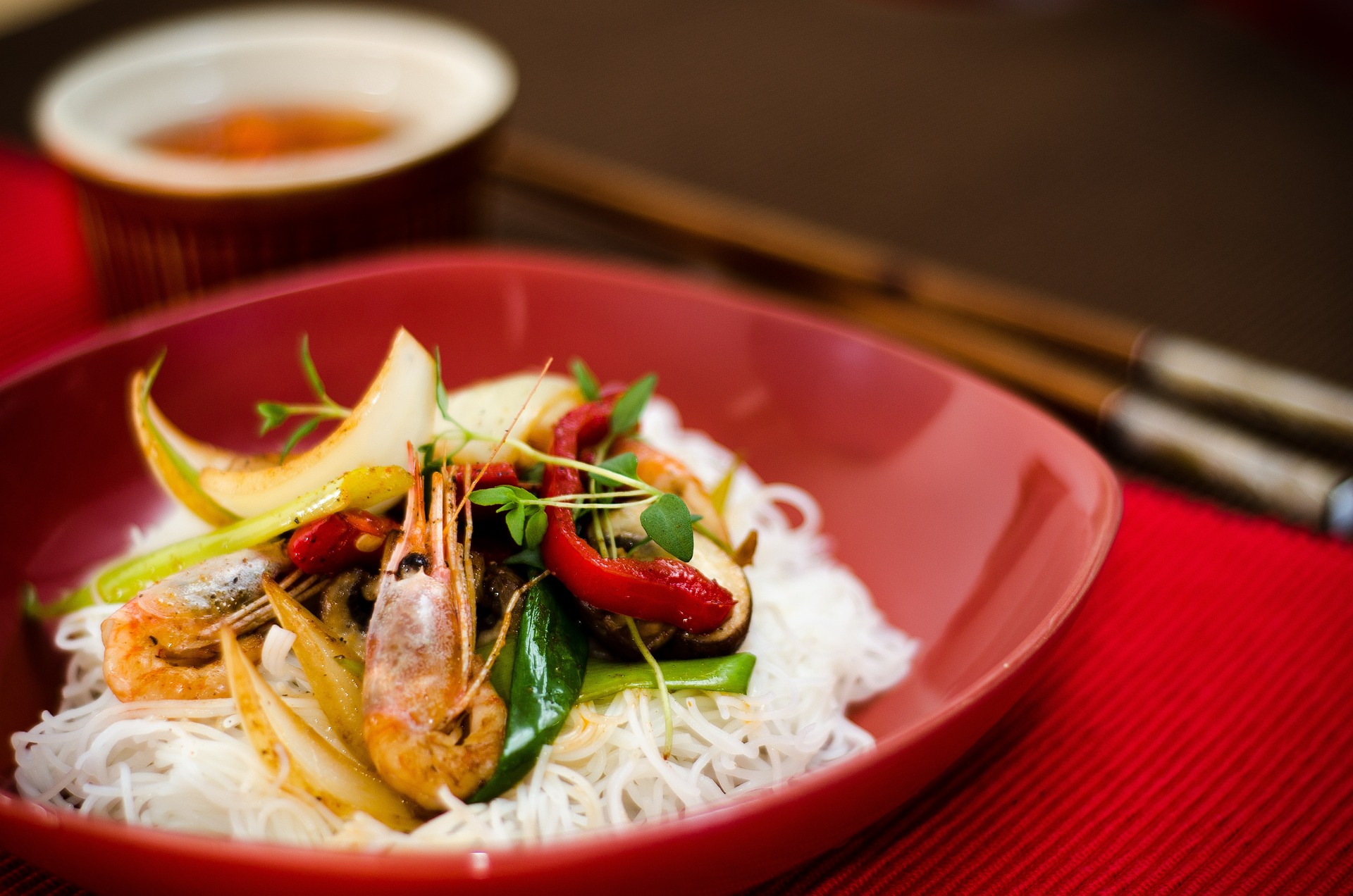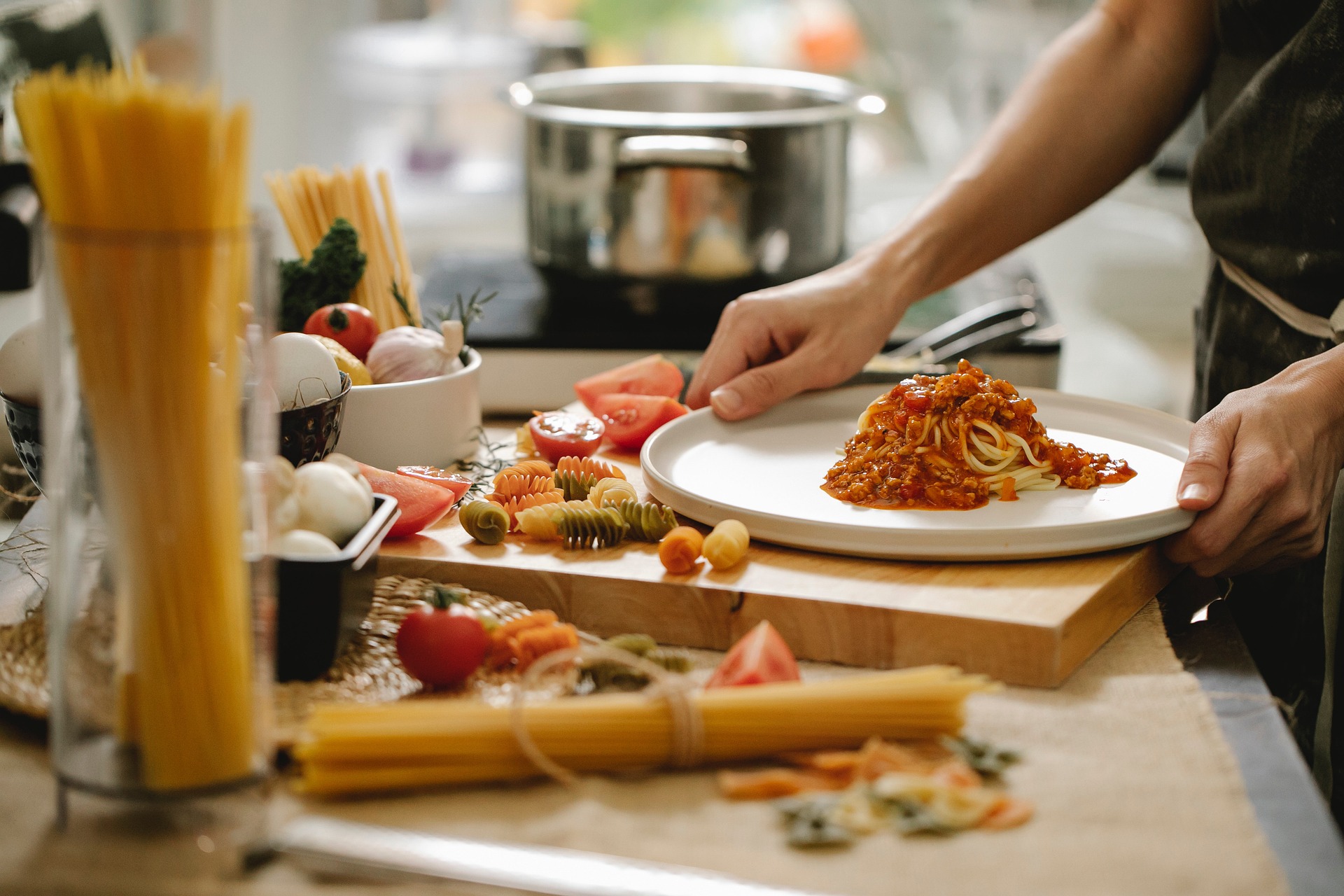Fusion: Blending Cultures and Flavors on Your Plate
Food is not just about satisfying hunger; it's a journey that takes us through different cultures and traditions. In recent years, the culinary world has witnessed a fascinating trend that combines the best of various cuisines to create unique and exciting dishes: fusion cuisine. This article explores the art of fusion, its history, and how it has revolutionized the way we perceive and enjoy food.

What is Fusion Cuisine?
Fusion cuisine is a culinary style that merges elements from different culinary traditions to create innovative and distinctive dishes. It’s a harmonious blend of flavors, ingredients, and techniques from various cultures, resulting in a culinary experience that transcends geographical boundaries. By combining the rich heritage of traditional cuisines with modern techniques and ingredients, fusion cuisine offers a fresh perspective on food.
The History of Fusion Cuisine
The concept of fusion cuisine is not new. Throughout history, cultures have interacted, traded, and influenced each other, leading to the exchange of culinary ideas and practices. However, the term “fusion cuisine” gained popularity in the 1980s when chefs like Wolfgang Puck and Nobu Matsuhisa began experimenting with diverse ingredients and techniques in their restaurants. Since then, fusion cuisine has evolved and expanded, with chefs around the world pushing the boundaries of culinary creativity.
The Art of Fusion: Blending Cultures and Flavors
Creating a successful fusion dish requires a deep understanding of the ingredients, flavors, and techniques of the cuisines being combined. Here are some tips to help you master the art of fusion:
- Research and Experimentation: Dive into the history, flavors, and techniques of the cuisines you want to blend. Experiment with different ingredient combinations and cooking methods to find the perfect harmony.
- Balance and Contrast: Fusion dishes should strike a balance between the flavors and textures of the different cuisines. Contrasting elements can create an exciting and unexpected taste experience.
- Quality Ingredients: Use high-quality, fresh ingredients to ensure the best possible flavor and texture in your fusion dishes.
- Cultural Respect: When blending cuisines, it’s essential to respect the traditions and heritage of each culture. Avoid cultural appropriation and ensure that your fusion dishes honor the original cuisines.
Fusion Cuisine: A Global Phenomenon
Fusion cuisine has become a global phenomenon, with chefs around the world incorporating diverse ingredients and techniques into their dishes. Here are some examples of popular fusion dishes:
- Sushi Burrito: A fusion of Japanese sushi and Mexican burritos, sushi burritos feature sushi rice, raw fish, and vegetables wrapped in a large seaweed sheet or soy paper.
- Korean-Mexican Fusion: This fusion style combines Korean flavors like gochujang and kimchi with Mexican staples like tacos and burritos.
- Peruvian-Japanese Fusion: Nikkei cuisine is a fusion of Peruvian and Japanese flavors, featuring dishes like ceviche with Japanese-style sushi rice and soy sauce.
- Thai-Italian Fusion: This fusion style combines Thai flavors like lemongrass and coconut milk with Italian staples like pasta and pizza.
Fusion Cuisine: A Celebration of Diversity
Fusion cuisine is more than just a culinary trend; it’s a celebration of diversity and cultural exchange. By blending different cuisines, we can appreciate the richness of global culinary traditions and create new and exciting dishes that reflect our interconnected world. So, don’t be afraid to experiment with fusion cuisine and discover the endless possibilities of blending cultures and flavors on your plate.




